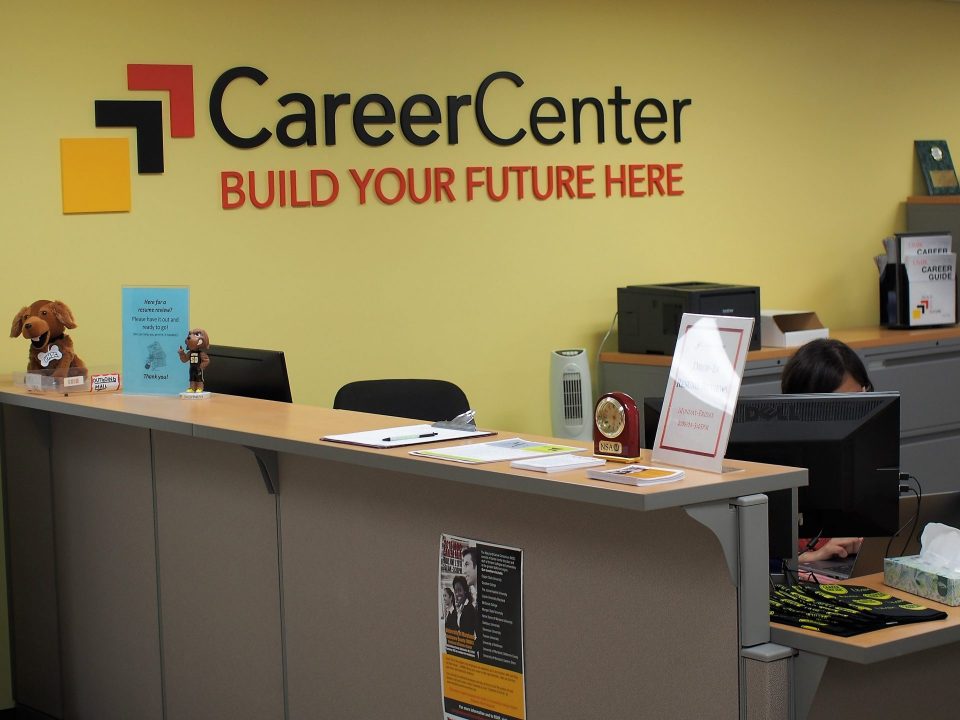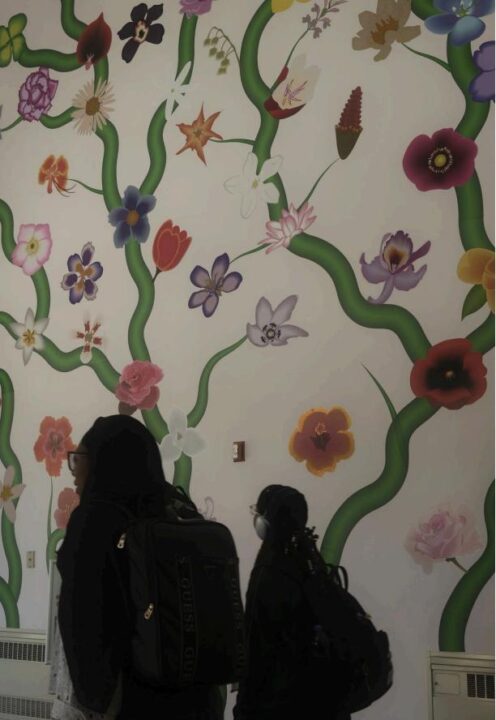Students pursuing Visual Arts degrees at UMBC often face a career progression that is far less clear-cut than what lies ahead for many of their peers studying within the STEM disciplines and social sciences. While some steps in the process are common across disciplines, the field of Visual Arts demands that students take important steps in order to accomplish effective career networking.
Many of those steps must take place outside of the classroom. “What’s important is that students take the initiative,” says Kacie Lawrence, associate director of internships and employment at the UMBC Career Center. The center offers a wealth of resources through which Visual Arts students can supplement their coursework with networking skills.
Knowing how to sell their unique set of skills to employers is especially important for Visual Arts students. Many do not receive experience talking to professionals within the classroom, so the Career Center offers networking events outside the classroom. One of these is Arts with a Purpose: Create Your Career, an opportunity for students studying Fine Arts specifically to meet employers and learn about potential career paths.
These events are a fantastic resource to those pursuing degrees in the arts. Not only do they grant practice in speaking effectively with employers; many students have set up internships through the events.
Lawrence contends that chasing such opportunities is vital to future success. “Pursuing a career in art is not the same as pursuing one in financial economics,” she says. “Freelancing can be important to pursue. The biggest thing is to get experience outside of the classroom as early as you can.”
In order to land a work experience that will jumpstart a student’s career, they need to make the best impression possible on each potential employer that they meet. As such, students should have polished, professional portfolios ready to present. A portfolio must be well-organized and easy to peruse, whether physical or online. It should truly be a collection showcasing the student’s best work.
The Career Center provides assistance with this part of the career readiness process as well. Students are encouraged to schedule portfolio reviews with the center, especially before going to meet with employers at an event.
One of the other avenues through which students can collect information about career and internship possibilities is by attending events that host panels of employers and alumni associated with Visual Arts. These events allow attendees to field their questions about Visual Arts careers directly to people who have been through the process and those who might be hiring.
Students hoping for a more personalized experience can set up an appointment with a Career Counselor, who will meet with them individually and walk them through potential career and internship options.
“I really love to meet with students who tell me they’re starting projects outside of the classroom,” says Lawrence. “Those are the things employers look for, that you’ve gone above and beyond your coursework.”


